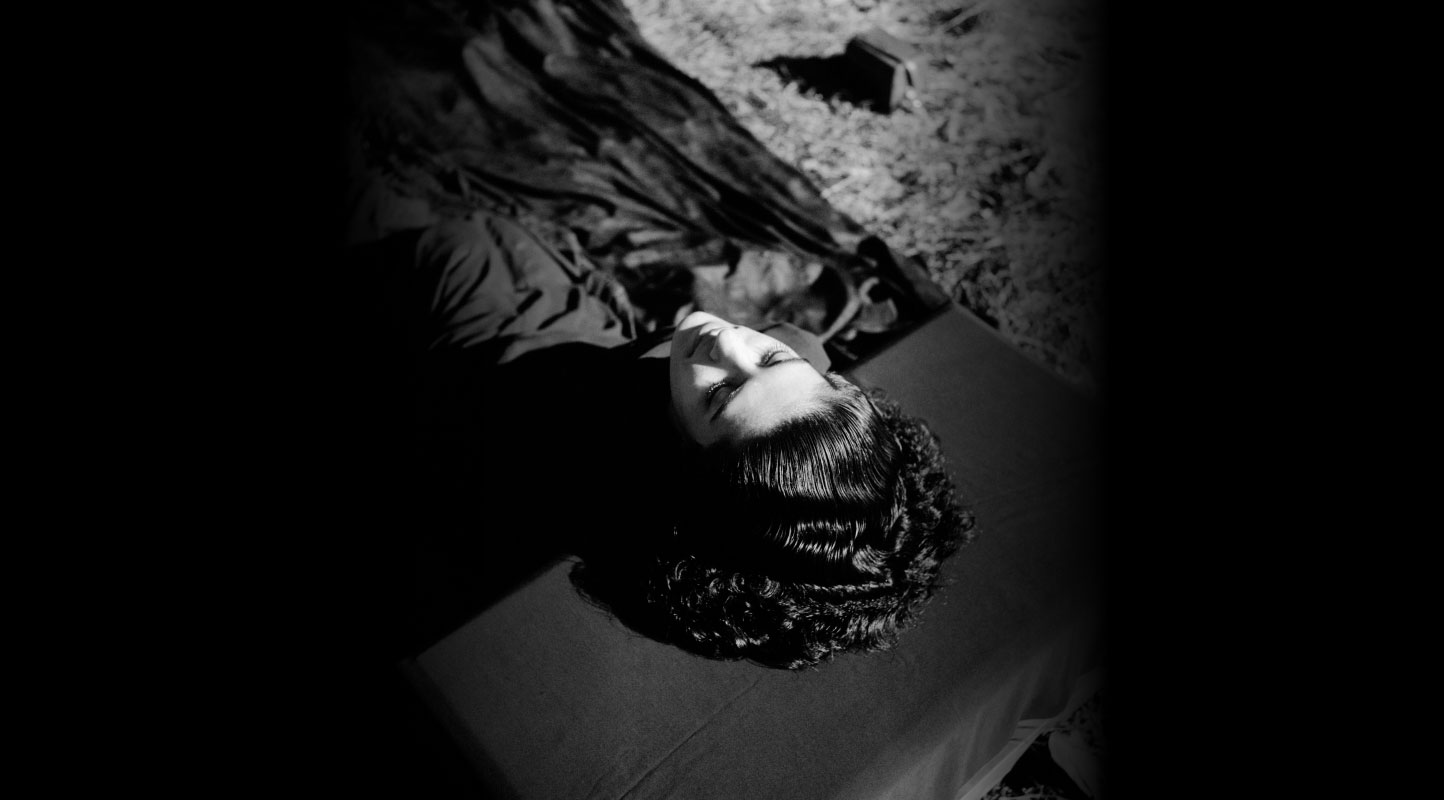Majestic Mustang: A Look at Kishor Kayastha's Panoramic Photographs
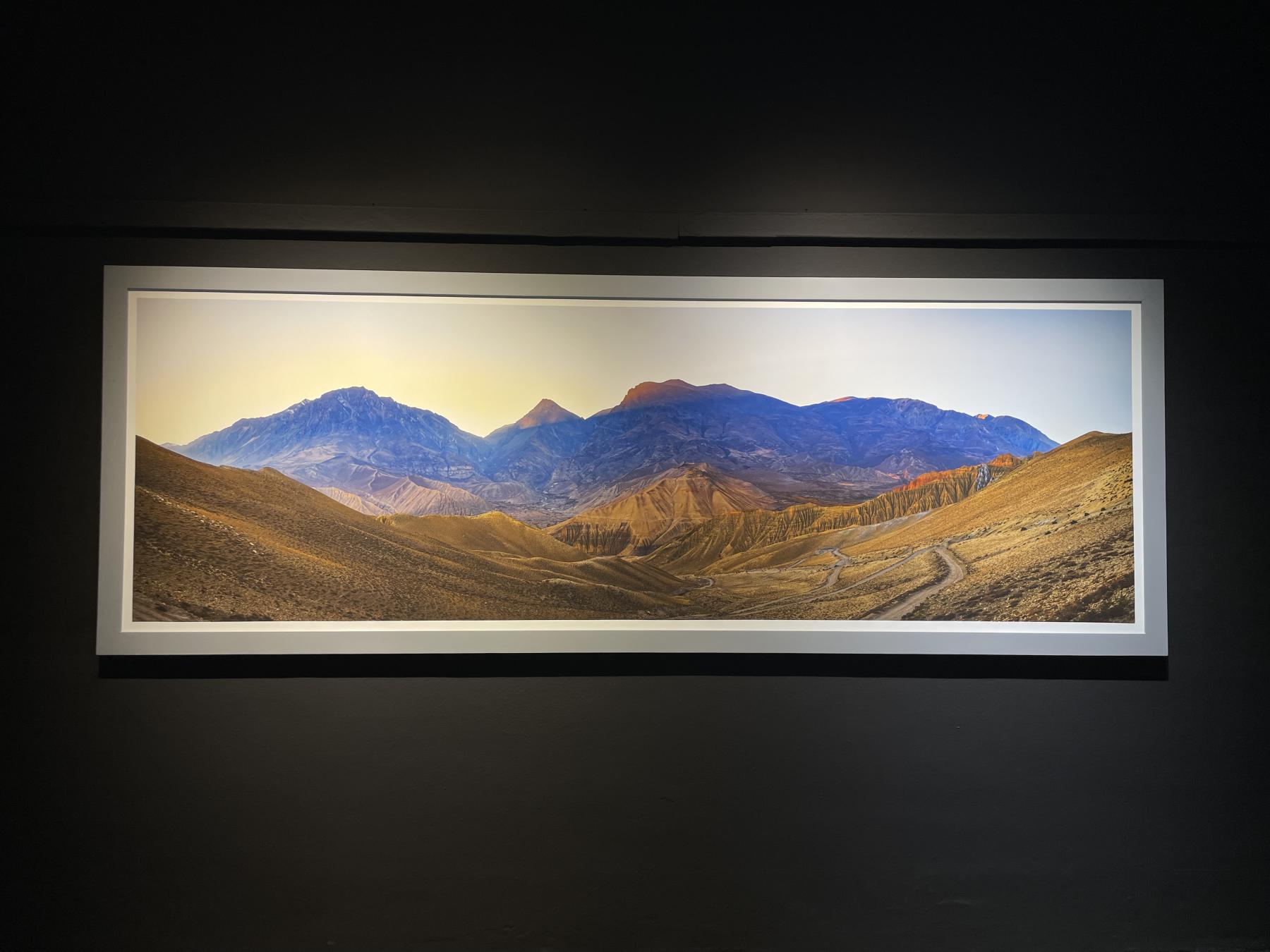
A packed parking lot at an art exhibition is not a common feat in Kathmandu. Neither is a panoramic exhibition with photographs as wide as 20 feet, almost four times the average height of a Nepali person. The ever-changing and morphing Nepal Art Council, Nepal’s premier art gallery, had for a week turned into photographer Kishor Kayastha’s canvas, as it displayed majestic and massive panoramic photographs from Mustang, a trans-Himalayan region in Nepal.
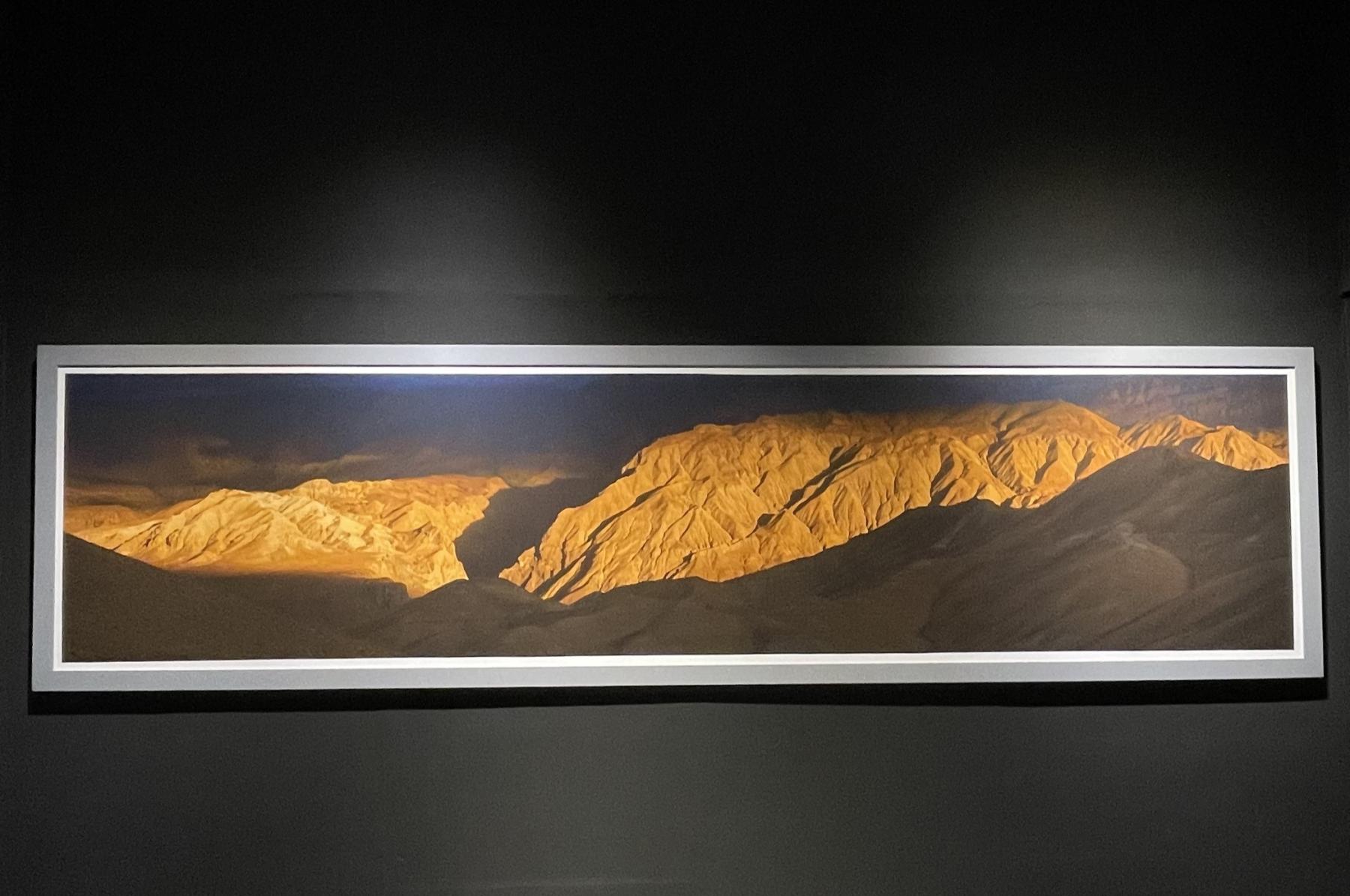
Kayastha is a celebrated photographer in Nepal who began his career with his first exhibition in 2001. Speaking on “On Air With Sanjay” about the exhibition, Kayastha shared his threefold perspective—firstly, to look at photographs as an artwork; secondly, to appreciate the technical aspect of photography; and thirdly, to showcase the beauty of Nepal. He shares on the podcast that his fascination with Mustang began as a child when he got to know that Mustang, too, had a King, apart from the ruling monarch of the then Kingdom of Nepal. He visited the place in 2004 for the first time.
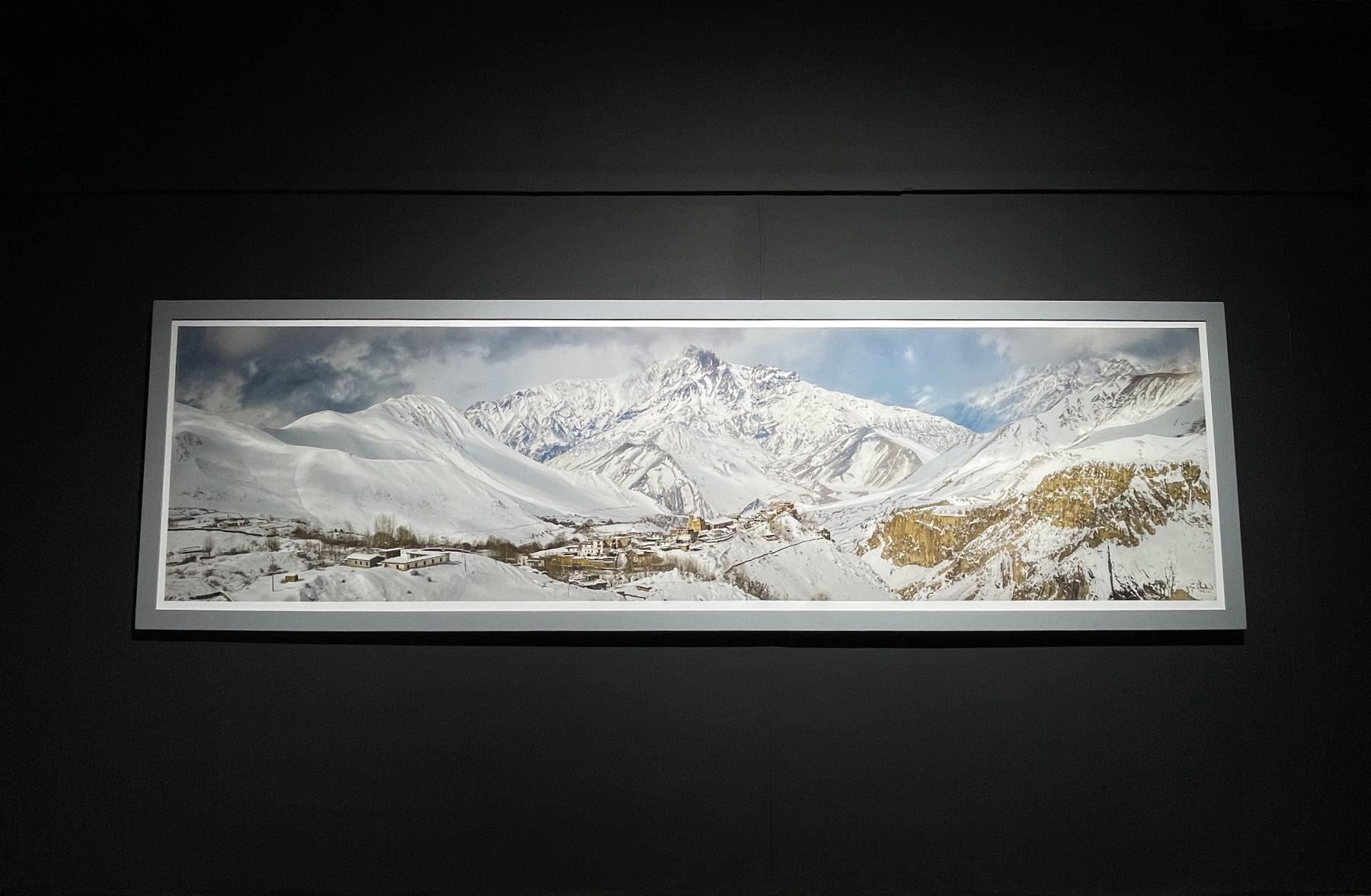
Mustang, a region in the northern part of Nepal, was once an independent kingdom that was annexed during the eighteenth century to the then nascent state of Nepal. The monarchy of Mustang, which continued to be recognised by many locals, ceased to exist in 2008 by the order of the Government of Nepal. Mustang has, in recent decades, been a beloved destination for domestic and international tourists alike. Kayastha’s photographs show why.
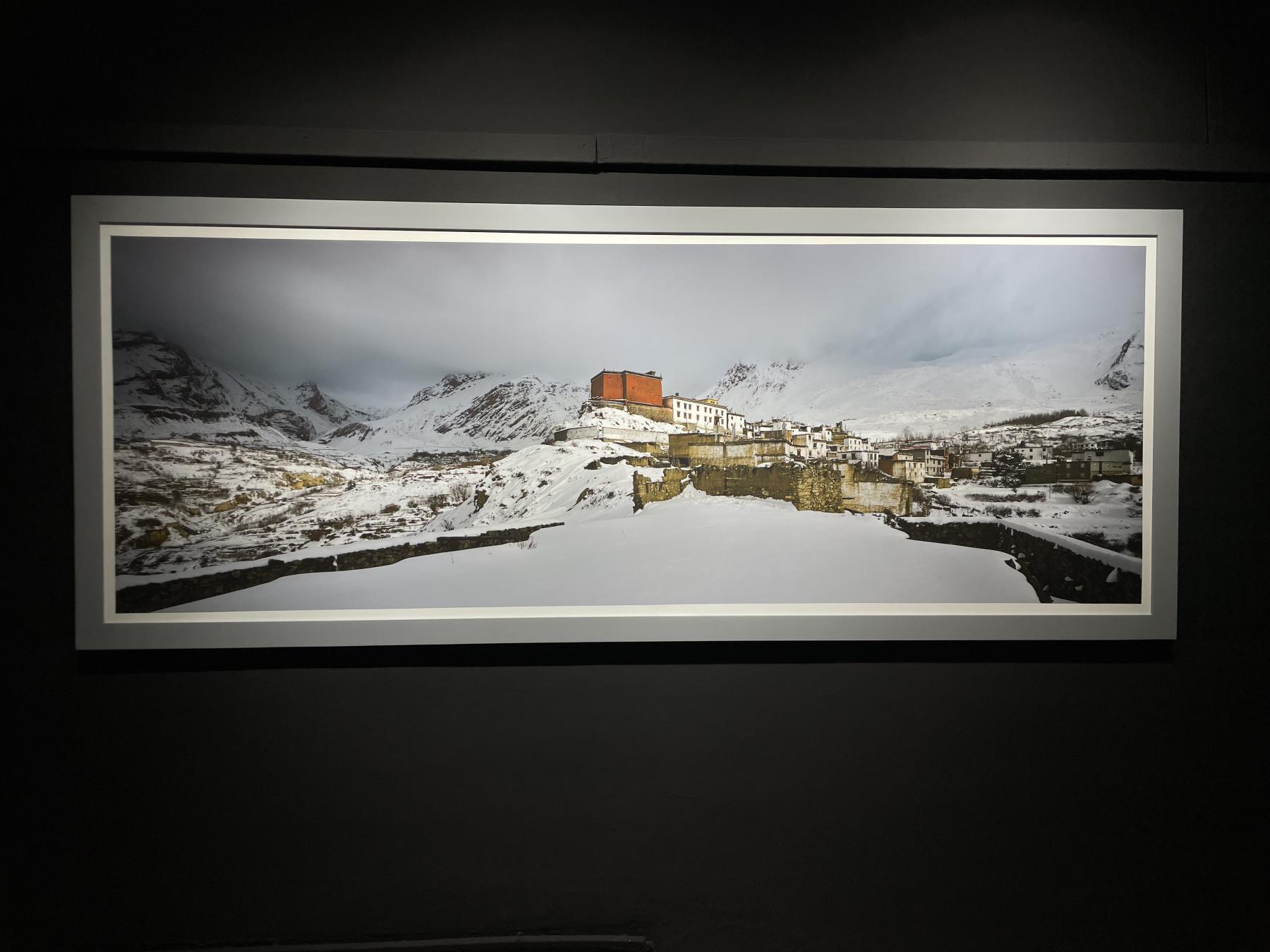
In thirty panoramic photographs, Kayastha captures the grandeur and splendour of Mustang, opened to foreigners only in 1992, thus being dubbed the “forbidden kingdom.” The exhibition is the culmination of two decades of exploration and dedication that invited visitors to step into an almost surreal world. The landscapes, hung on the walls, were breathing and alive, as though if one touched them, they would transport the person through the canvas into the actual place. Kunda Dixit called the exhibition “the next best thing” to being in Mustang oneself.
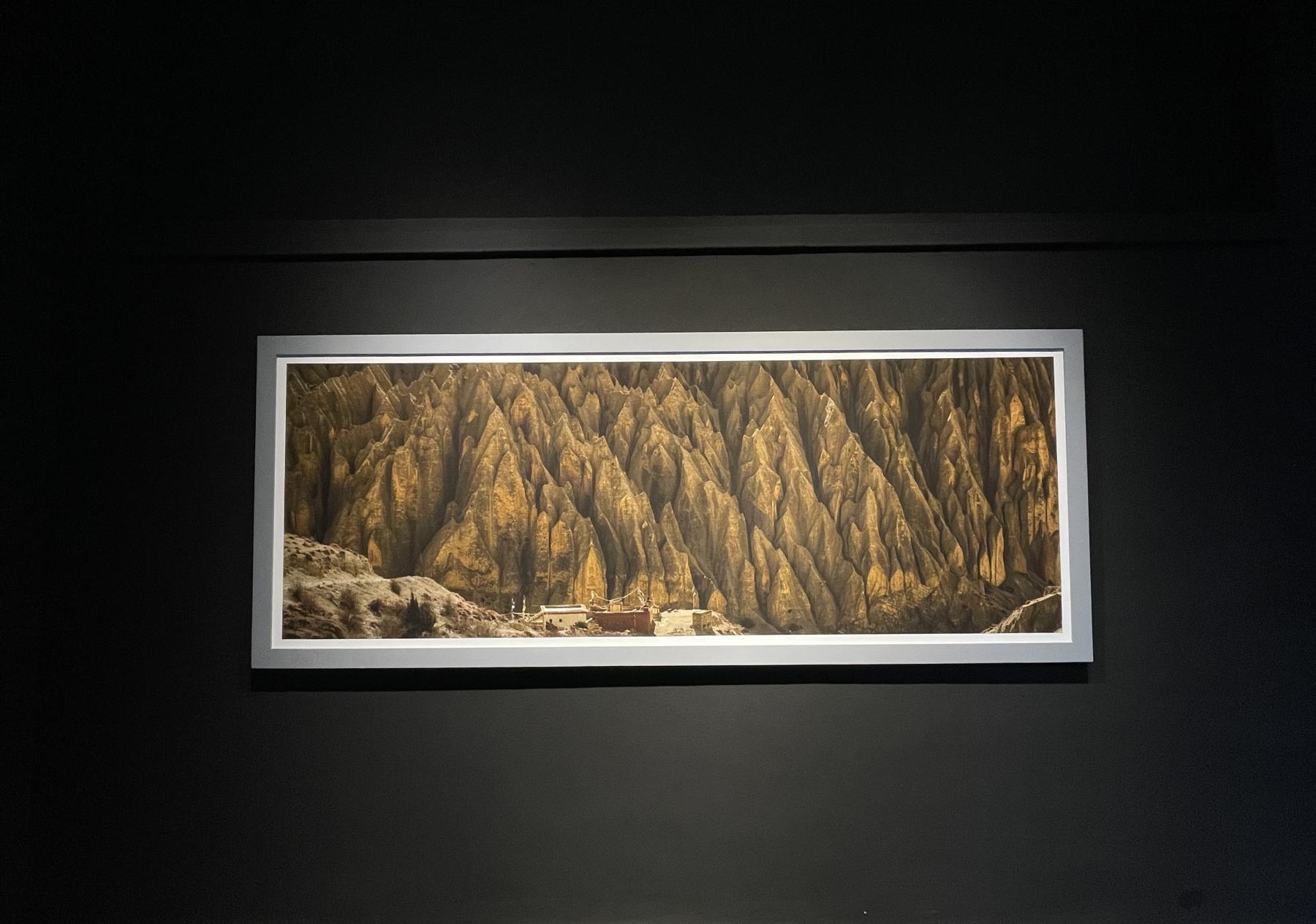
The panoramas were 42 inches tall and in three widths—20 feet, 14 feet and 10 feet. The panoramas captured different times of the day and different times of the year. Some pictures have lush green pastures, and some are covered in heaps of snow, reminding visitors of the harsh and difficult life of the people who live in the region. Warm and sharp focus lighting based on the shade and mood of the photograph added depth and intrigue.
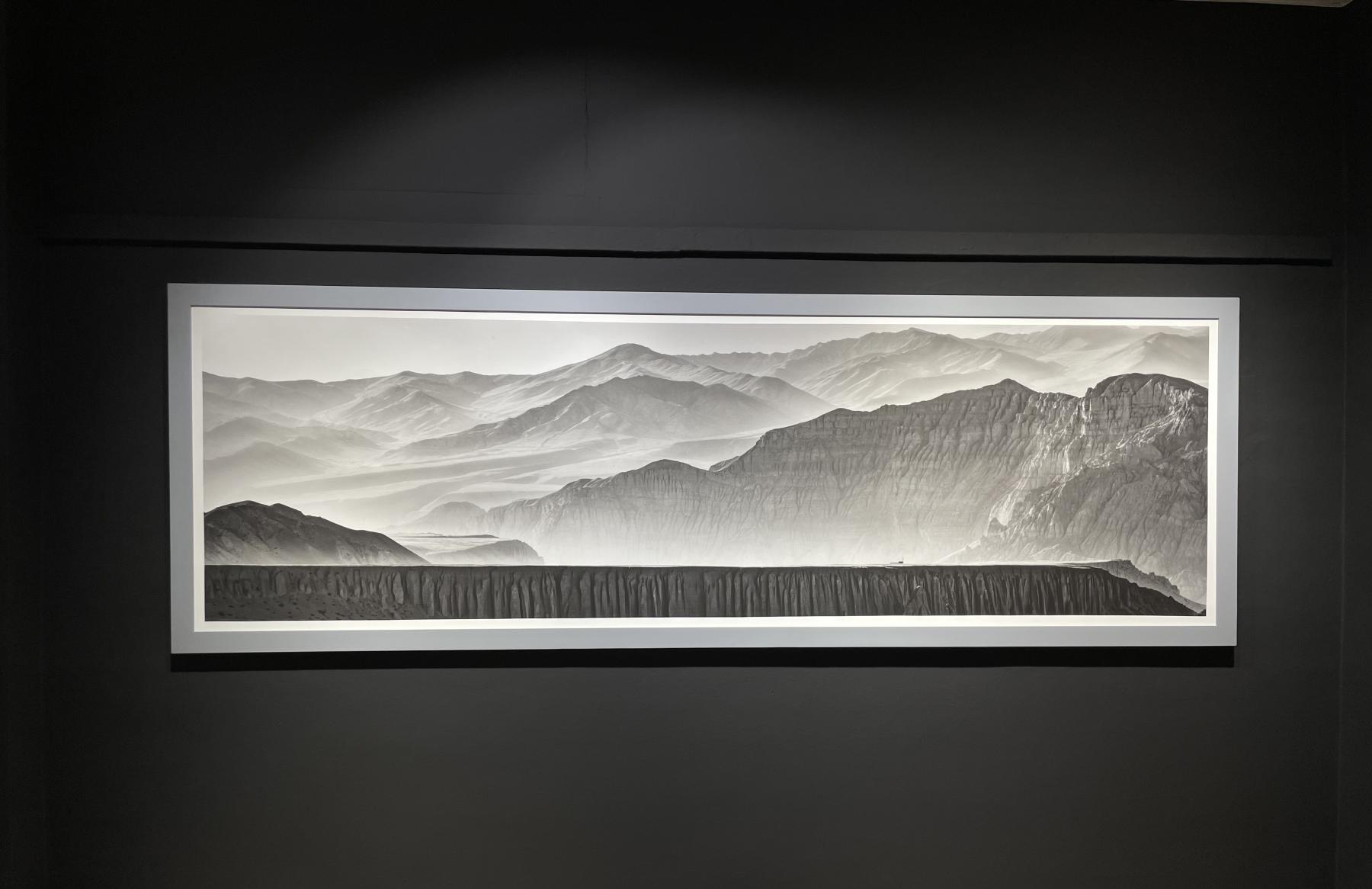
The panoramas were not named and did not include descriptions or explanations, inviting the visitor to weave their own story. Some black-and-white panoramas looked like ink-wash paintings. One black-and-white panorama depicted the sharp geography of the region. The white light effects made the contrast even more prominent. The white shades made it look as though the wind was blowing right there. Another panorama took the idea of contrast even further, featuring a village right in front of a massive mountain. Kayastha’s lens captured both the finer details of the village houses and the grandeur of the mountain. The panoramas are archival prints and can last for a very long time. Other than being a magical portal to Mustang, these photographs are also documentations of the place and a call to reflect and work on the rapid changes happening in the region that have endangered the ecosystem and culture.
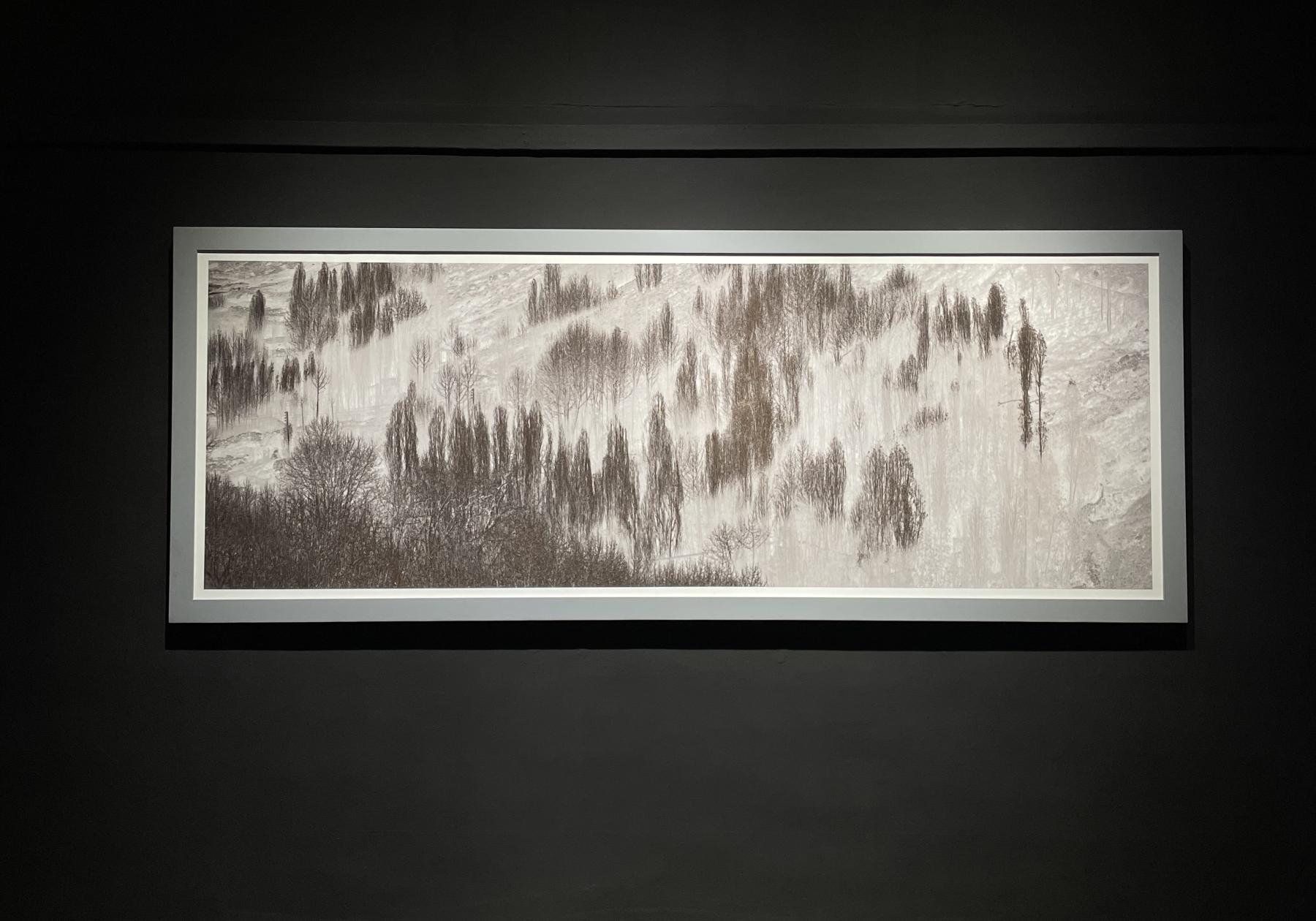
MUSTANG Nostalgia: A Two-Decade Odyssey was organised by the Gehendra Dhimal Foundation in partnership with the U.S. Embassy, Kathmandu. The exhibition was hosted at Nepal Art Council, Babarmahal, from 7th to 14th January 2025.

To learn more about artists and projects documenting the landscape of Nepal, read Arushi Vats’ essay on Juju Bhai Dhakhwa, Anisha Baid’s essay on The Skin of Chitwan project by Nepal Picture Library, Alfa M Shakya's curated images from Amit Machamasi's photo album Not The Same Anymore (2023) and an In Person interview with Ganga Limbu and Kishor K. Sharma on the KTK-Belt project.
All images are from the exhibition MUSTANG Nostalgia: A Two-Decade Odyssey (2025) by Kishor Kayastha. Images courtesy of the author.



